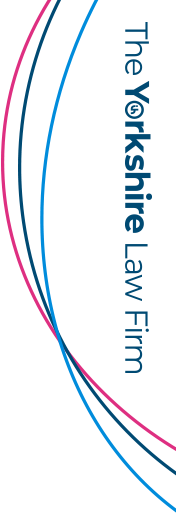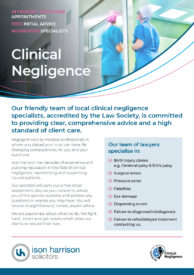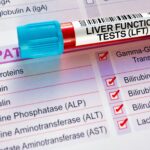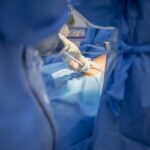Ovarian Torsion Solicitors
What is an ovarian torsion?
Ovarian torsion (also known as adnexal torsion) is an uncommon but serious medical emergency that happens when the ovary, and sometimes the fallopian tube, twists around the ligaments that support them. This restricts the blood flow to the ovary and, if it is not treated quickly, it can cause the ovary to die (ovarian necrosis), resulting in the loss of the ovary and in rare cases, cause infertility.
What are the signs and symptoms to look out for?
The most common symptoms are:
- Sudden, severe pelvic or lower abdominal pain, which is often one sided
- Nausea/vomiting
- Fever
- Abnormal bleeding
It is important to note that not all these symptoms will occur in every case of ovarian torsion. Equally, these symptoms can also be associated with other conditions, such as urinary tract infection, appendicitis and gastroenteritis. Unfortunately, this makes ovarian torsion hard to diagnose.
What causes ovarian torsion?
Ovarian torsion can happen at any age and it can have different causes, such as:
- ovarian cysts or other tissue mass (linked to endometriosis or polycystic ovarian syndrome);
- a long ovarian ligament (the fibrous stalk connecting the ovary to the uterus);
- Assisted reproduction (including IVF);
- higher hormone levels during pregnancy; and
- hormonal treatments, which stimulate the ovaries.
How is it diagnosed and treated?
It is extremely difficult to diagnose ovarian torsion without surgery. While ultrasounds, CT scans and blood tests can be used to gather information which could indicate torsion, they are not enough to form a definitive diagnosis; this can only be achieved by direct visualisation. Therefore, if ovarian torsion is suspected, it is vital that the person is taken to surgery as soon as possible, to check if the diagnosis is correct and, if it is, to treat it.
If ovarian torsion is diagnosed, the preferred treatment is detorsion of the ovary or fallopian tube if possible. This preserves normal ovarian function and fertility, but there is a risk of infection occurring as a result of necrotic ovarian tissue.
The other option is to remove the ovary, this is known as an oophorectomy. In some instances, it may be necessary to remove part of the fallopian tube as well, this is known as a salpingo-oophorectomy. This option is preferred by clinicians where the patient is not concerned with preserving their fertility, as it removes the risk of complications associated with retained necrotic ovarian tissue.
How can we help?
If you believe there has been a delay or a failure to diagnose and treat ovarian torsion and you or a family member have suffered as a result, contact Ison Harrison for free advice on 0113 284 5000 or email clinneg@isonharrison.co.uk
If we believe there are sufficient prospects to pursue a claim, we will guide you through the process to seek the compensation you deserve.






































